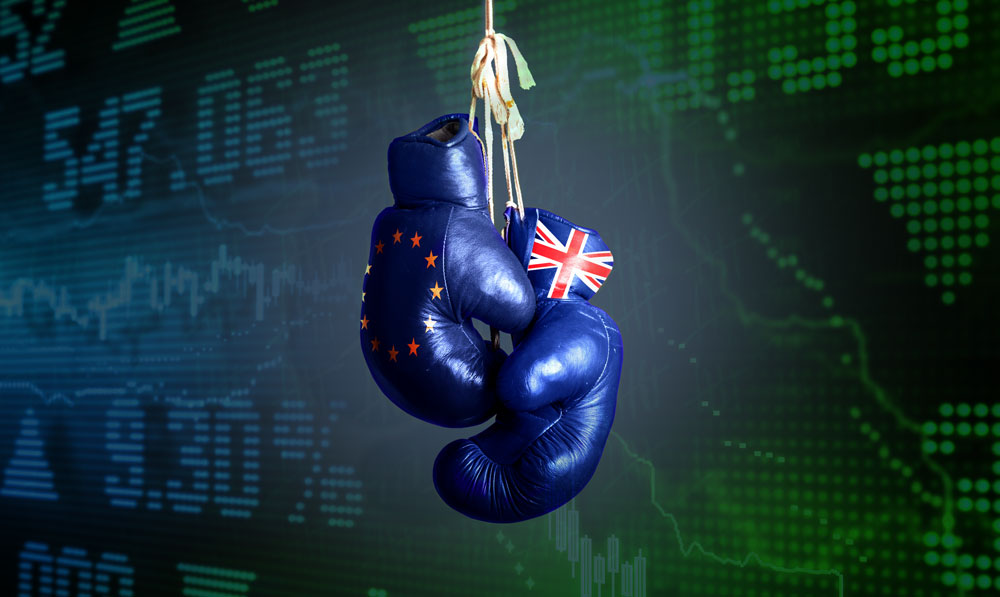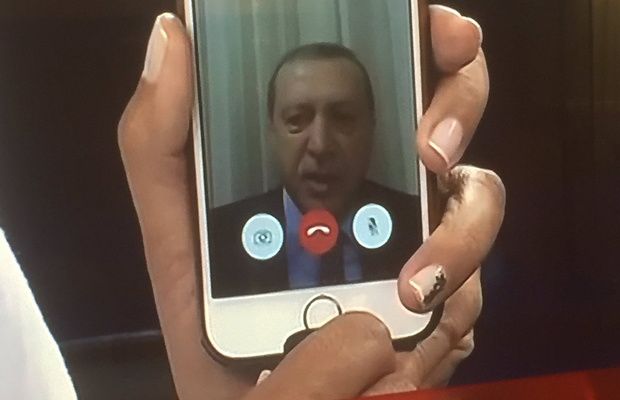
Chronicling social media’s response to Brexit
This article was first published at Fresh Business Thinking, The global business and economics site.
To say that my Twitter feed blew up on Brexit day would be a severe understatement. Social media was at the centre of the global reaction storm to one of the biggest news events of the past decade. As investors rushed to exit their positions in stocks, bloggers, news outlets and Britons themselves were expressing grievance (or jubilation) at the result. For people not in the UK, the reaction was a mix of shock combined with uncertainty about how the Brexit will affect them.
A look at the numbers
Social data experts crunched the numbers of viral posts, biggest mentions and keyword topics in the 24 hours following the Brexit vote. This is what they found:
- Online Brexit mentions reached 343,000;
- David Cameron dominated more than half of all political discussions, with Jeremy Corbyn, Michael Gove, Boris Johnson and Nigel Farage following;
- The economy and business category dominated 45% of all news topics, with immigration and sovereignty making up an additional 10% and 5%, respectively;
- The economy and business category dominated a similar percentage of social media topics.
Incredibly, when comparing Leave vs. Remain hashtags over the previous 30 days, Leave received 52% of total hashtags – the same percentage of Britons who voted to leave the EU. That’s absolutely crazy!
Several ‘key themes’ emerged in reaction to Brexit that perfectly sum up just how polarizing the debate was. The first major theme was social media users seeking to declare London independent from the UK. After all, Londoners voted emphatically in favour of remaining in the EU, so no real surprise there.
Another major theme was the so-called ‘Independence Day’, which consisted of Brexiters congratulating fellow Brits over their newfound independence. An image of a lion in front of the British flag was one of the main features of the Independence campaign.
A large segment of the pro-EU camp expressed their grief not in anger, but in sadness. The #NotInMyName hashtag was a big one for users saddened about Britain’s departure from the EU. Silly images of a EU flag with a tear drop also surfaced.
Scotland was at the centre of the Twitter storm. Like their fellow Londers, Scots voted in huge numbers to stay in the EU. The hashtag #indyref was big in Scotland. Of course, this hashtag is a call for a second referendum (Scotland voted to remain part of the UK back in a 2014 plebiscite). If first minister Nikola Sturgeon has her way, a second independence vote might not be far off.
Another segment of the social media crowd decided to respond positively. The ‘It’s a new dawn, it’s a new day’ theme was prevalent among Brexiters and Europhiles. Those in favour of Brexit expressed their enthusiasm about leaving the EU. Those on the pro-EU side tweeted pictures of packed suitcases, implying they were ready to leave Britain.
The Brexit debate is unlikely to die off anytime soon. In fact, the debate could rage on for years to come as Britain and the EU butt heads over things like trade, regulation and immigration. Make no mistake, the Brexit is far from over.
By Charli Day, writer and social media manager


